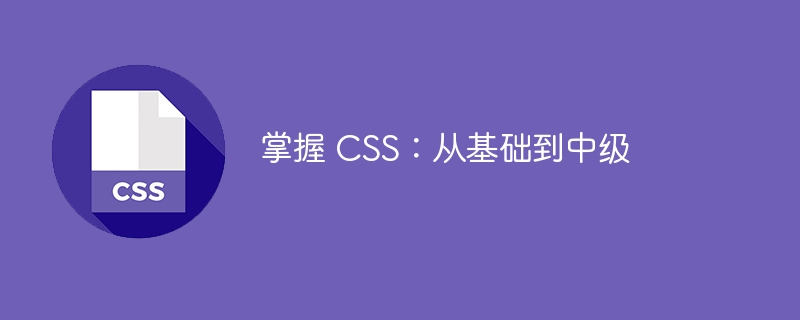掌握 CSS:从基础到中级
来源:dev.to
时间:2024-12-25 08:01:06 345浏览 收藏
有志者,事竟成!如果你在学习文章,那么本文《掌握 CSS:从基础到中级》,就很适合你!文章讲解的知识点主要包括,若是你对本文感兴趣,或者是想搞懂其中某个知识点,就请你继续往下看吧~

掌握 css:从基础到中级
css(层叠样式表)是创建具有视觉吸引力的网站的基石技术。它允许开发人员设置 html 元素的样式、控制布局并增强用户体验。本文将指导您了解 css 基础知识和中级概念,确保您可以自信地设计网页样式。
1. css 简介
-
什么是css?
css 用于设置 html 元素的样式,定义它们的外观(例如颜色、字体、间距)。它将内容 (html) 与演示文稿 (css) 分开。
示例:设置元素的样式:
<h1 style="color: blue;">hello world</h1>
-
三种类型的 css
- 内联 css:使用 style 属性直接应用于元素。 例子:
<p style="color: red;">this is a red paragraph.</p>
- 内部 css:编写在 html 文件的 部分的
